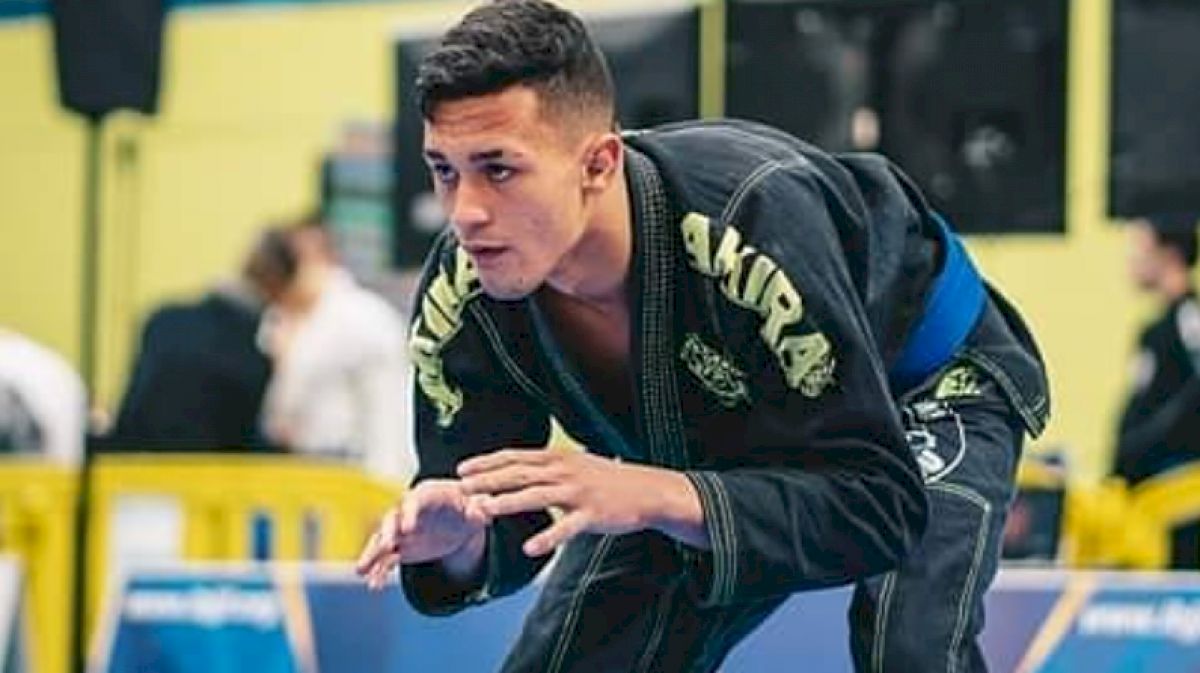Aikido vs Jiu-Jitsu
Aikido vs Jiu-Jitsu
FloGrappling takes a deep dive to explore the differences and similarities between aikido and jiu-jitsu.

Although the ordinary person may not be able to determine the differences between aikido and Brazilian jiu-jitsu, the average grappling student should know that these martial arts share many basic philosophies and movements. While the nuanced differences could be discussed at length, this article will outline the basic comparison between these two well-known martial arts.
Origin & Basic Philosophy
The origin of these two combat sports is well-known. Aikido was created in Japan by Morihei Ueshiba in the late 1920s and 1930s. Eventually, aikido became a synthesis of many different older martial arts he had studied over decades of training, specifically mastering judo under its creator Kanō Jigorō. After gradually developing his own techniques and philosophies, the modern-day sport of aikido was officially established in 1942. During his development of the art, Ueshiba emphasized mastering the technique of receiving an attack and harmlessly redirecting it. In aikido, the ideal resolution is not only protection for the receiver but also leaving the attacker uninjured.
Brazilian jiu-jitsu also stems from a collection of martial arts from Japan. According to the International Brazilian Jiu-Jitsu Federation’s History webpage, “In the last days of the 19th century, some Jiu-Jitsu masters emigrated from Japan to other continents, teaching the martial arts” and establishing themselves in the community. Within the decade after moving from Japan to Brazil, Mitsuyo Maeda had begun spreading the art of judo or kano jiu-jitsu, as it was referred to then, around the area (in addition to many other locations all over the world).
It wasn’t until he took on Carlos Gracie as a student that Brazilian jiu-jitsu was born. Carlos Gracie and his brother Helio refined Mayeda’s teachings but instead focused more on groundwork and submissions, rather than throwing techniques that are predominant in judo. The Gracie family (the children and grandchildren of Carlos and Helio) are famously responsible for growing BJJ into the worldwide obsession it is today. Students of the Gracie family are encouraged to embrace their education primarily for fending off larger attackers through effective combat and self-defense purposes.
Ranking Systems
Although different colored belts are a product of the new era, with only white and black belts being used in the past, modern aikido rankings follow the general progression of starting at the sixth kyu (rank) which wears a white belt, then moving to yellow, orange, green, blue, and brown (first kyu). After the aikidoka progresses past a brown belt, the black belt is earned and the ranking system moves to degrees, or dan (composed of first through 10th degree).
In Brazilian jiu-jitsu, the student will progress through similar colored belts but instead moving from white to blue, then purple, brown, and black. Coral belts (red and black) represent the second-to-last level of expertise in the art. The highest available belt is red, with the 10th-degree red belt meant only for the founders and pioneers of jiu-jitsu.
Training Styles and Techniques
Aikido training is based primarily on two partners practicing pre-determined forms rather than freestyle training. The basic pattern is for the receiving partner to trigger an attack against the aikidoka, who applies their defense, in order to neutralize this attack with an aikido technique. The specific techniques used for attack and defense can include both strikes and grabs as well as throws and pins. After basic proficiencies are learned, students are able to study freestyle defenses against multiple opponents and include practice using weapons. It is, however, not seen as an effective combat sport.
Jiu-Jitsu focuses on getting an opponent to the ground in order to compensate for possible strength or size advantages through ground fighting techniques and submission holds. This can involve joint-locks and chokeholds. On the ground, physical strength can be offset or enhanced through proper grappling techniques with the primary goal being the submission of the opponent. This factor alone makes jiu-jitsu an excellent means of combat.
Uniform
Another noticeable difference between aikido and jiu-jitsu is the uniform required for practicing. The uniform for aikido is more traditional and often uses a pair of customary Japanese trousers called "hakama." The hakama actually symbolizes important morals to the wearer and is required to be folded in a specific and deliberate manner.
A grappler’s uniform, which is commonly referred to using the Japanese term “gi,” is similar to what is worn while practicing judo, but is made of a lighter material and fits slightly more snug on the wearer. Another popular uniform that has given way to a new division and approach to fighting is the “no-gi” style, in which the competitor wears tight-fitting, spandex clothing and can no longer rely on gripping their opponent's uniform for leverage.
Both aikido and jiu-jitsu are highly respected and complex grappling martial arts. Aikido has its importance in developing a well-rounded and knowledgeable martial artist, however, it has stayed relatively the same since its creation. Jiu-jitsu has continued to change over the years with the sport and its practitioners continue to find ways to evolve and capture the attention of athletes all over the world.